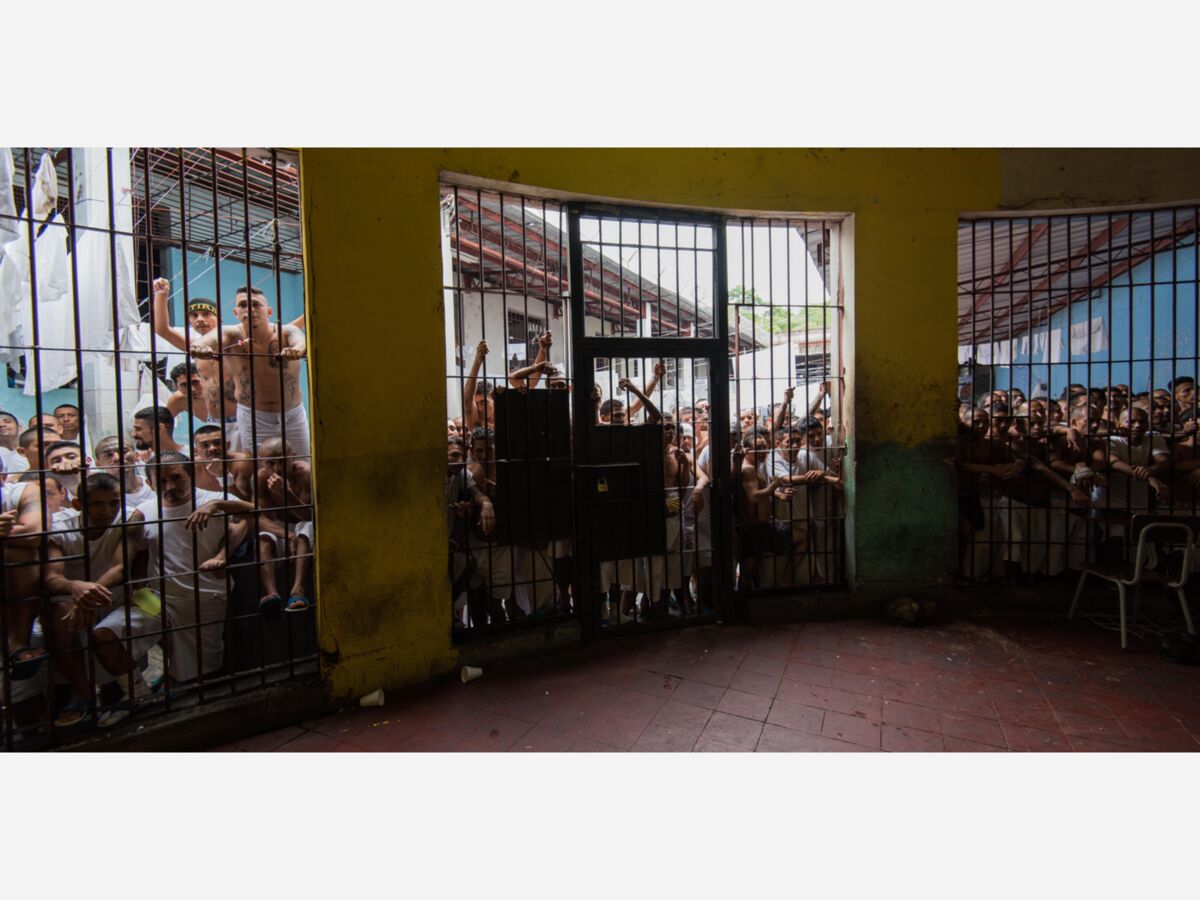Image

Over the past 15 years, numerous cities across the country have successfully reduced relatively high rates of gang and youth gun violence through a strategy that brings together – and assigns specific roles to – criminal justice agencies, organizations that provide employment training and placement, social service agencies, community and faith leaders, and gang outreach programs.
Operation Ceasefire was instituted in Boston, Chicago, Cincinnati, and Indianapolis and these cities achieved reductions in gun homicide of 25 to over 60 percent. In California, Stockton reduced gun homicide by more than 43 percent between 1998 and 2001.
This strategy, based upon extensive research and experience, has evolved from a primary focus on deterring serious gang and youth gun violence, to a comprehensive approach that combines deterrence with workforce training, employment, and other services.
The Operation Ceasefire model is being used under the program name Safe Community Partnership (SCP).
The SCP is a partnership among the Governor’s Office, private funders, Kaiser Permanente, and the Public Health Institute. Partners work together to implement an evidence-based, data-driven approach designed to reduce serious gang violence in the near term and on a community-wide level.
The U.S. Attorney plays an integral role in the program.
The U.S. Attorney’s office has Assistant U.S. Attorneys assigned to these efforts -- attending Working Group meetings, helping devise strategies and participating with the FBI and ATF in gang “call ins” to deliver the law enforcement message. In addition, the Assistant U.S. Attorneys work closely with the individual District Attorney’s offices in deciding which cases would have most impact under federal prosecution.
As part of the comprehensive program, each selected city must implement a strategy based on partnering, planning, and implementation to reduce its relatively high rate of gang and youth gun violence.
This involves several steps:
Analyzing of the dynamics of local gun violence: A city will collect and analyze basic data on gun violence, including the geographic location of violent incidents, demographic information on individuals involved in gun violence, and patterns of gang violence. This data will be used by the working group (described below) to design its strategy.
Organizing a working group that will design and implement the local strategy: A city will organize a working group that includes representation from public and private employment training and placement providers, criminal justice agencies (including District Attorney’s office, Police Department, Sheriff’s Department, and Probation Office, and the U.S. Attorney), community leaders, gang outreach workers, and public and private social service agencies that serve youthful offenders, youth at risk of violence, and gang members. Drawing on the data analysis above, each working group will design and implement a local strategy that includes: (a) directly communicating a violence prevention message to the gang members and youth most likely to commit gun violence, (b) linking these gang members and youth to training and employment opportunities, and (c) coordinating law enforcement efforts.
Communicating directly with the gang members and youth most likely to commit gun violence: A city will communicate directly with selected gang members and young people. This is accomplished primarily at group meetings known as "call ins" or "forums," attended by representatives of the working group and the particular gang members and young people. At these meetings, the working group will set forth a two-part message: (a) gun violence must stop immediately or criminal justice agencies will intervene quickly and forcefully against those responsible; and (b) the group is there to support the gang members and youth with intensive services and employment.
Connecting gang members and young people to employment opportunities: Each city will strengthen its capacity to place the gang members and young people identified as most likely to commit gun violence in quality employment opportunities. This includes providing social services, "soft skills" training, ongoing support (such as mentoring and mutual support programs), and job training and placements.
Building a strategic law enforcement partnership: An essential component of this approach calls for criminal justice agencies to focus their enforcement efforts on the relatively small group of gang members and young people who "drive" gun violence as determined by the problem analysis described above – particularly to the extent that these gang members and young people disregard the message to cease gun violence.
###